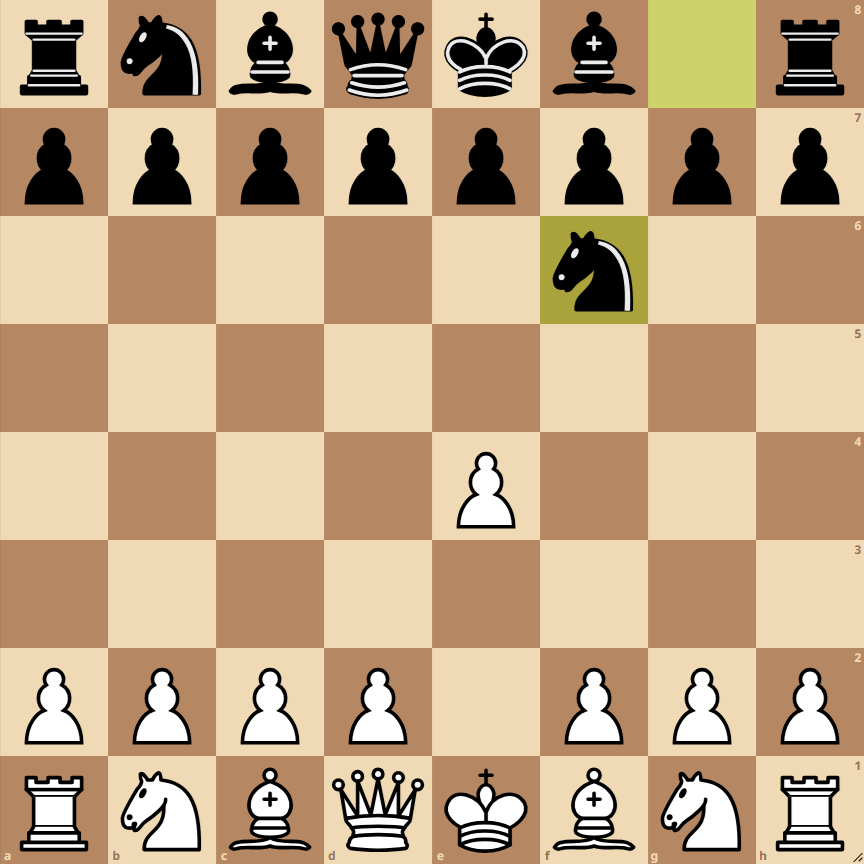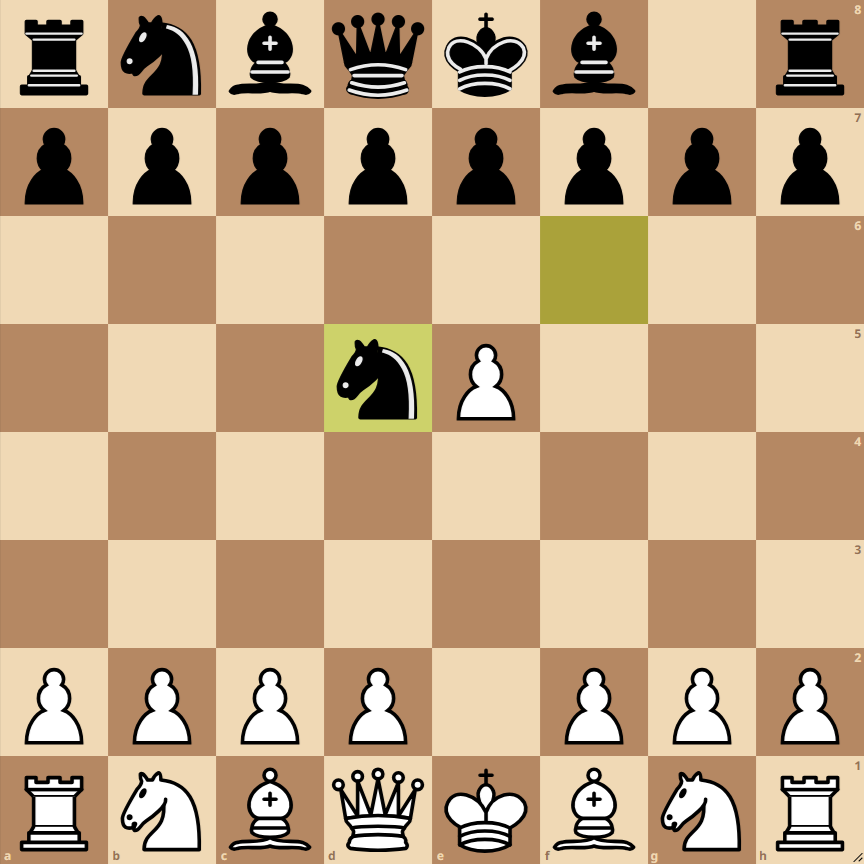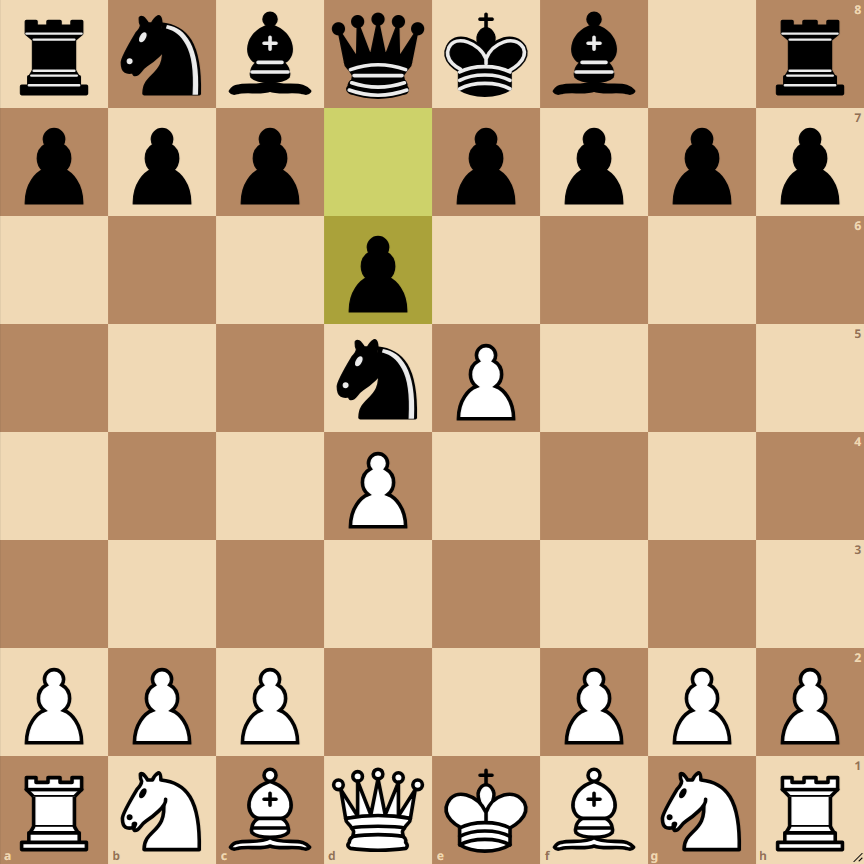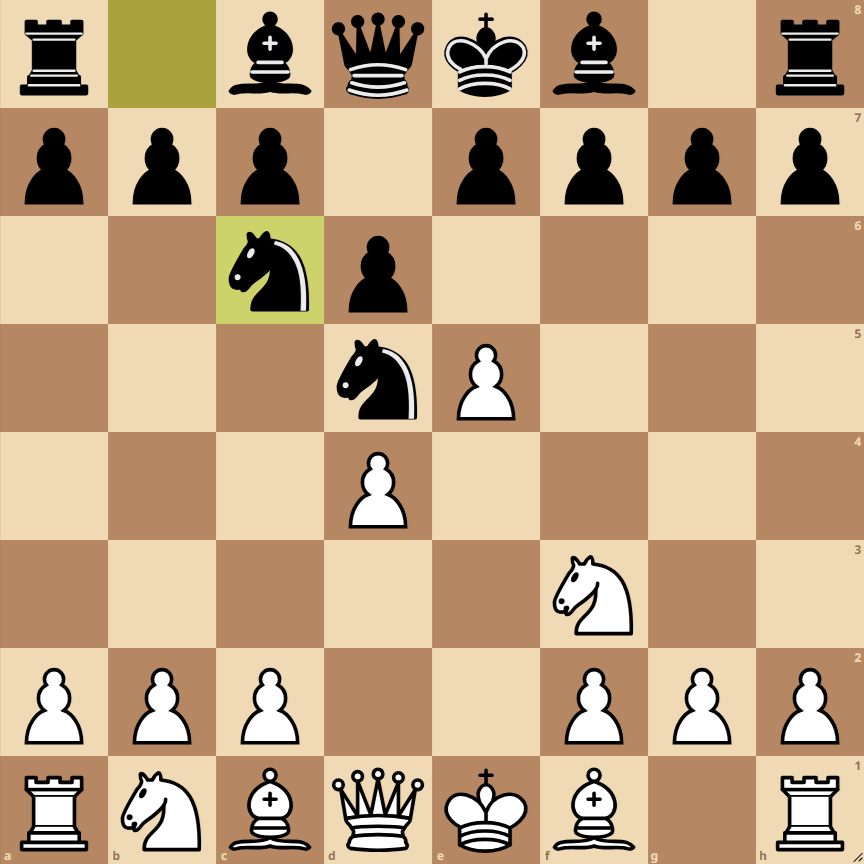How to Play the Alekhine Defense Modern Variation Larsen-Haakert



- 1. e4 Nf6: White starts with the pawn move to e4, a classical opening. Black responds with the knight to f6, challenging this central pawn and preparing the Alekhine Defense.
- 2. e5 Nd5: White advances their pawn to attack the knight, pushing it to d5. This move is crucial in the Alekhine Defense, aiming to counteract White’s central control.
- 3. d4 d6: White strengthens their center with another pawn, while Black responds with d6, pressuring White’s advanced pawn and preparing for a counterattack.
- 4. Nf3 Nc6: White develops their knight to f3, supporting the center and preparing for castling. Black responds by developing their other knight to c6, increasing pressure on the center.
Variations of the Alekhine Defense Modern Variation Larsen-Haakert

4…Bg4
A popular variation is 4…Bg4, where Black develops their bishop and exerts pressure on the knight on f3. This move aims to increase tension in the center and prepare for possible exchanges.
4…g6
Another possibility is 4…g6, preparing the fianchetto of the Black bishop. This move focuses on long-term development, aiming to control central squares from a distance.

